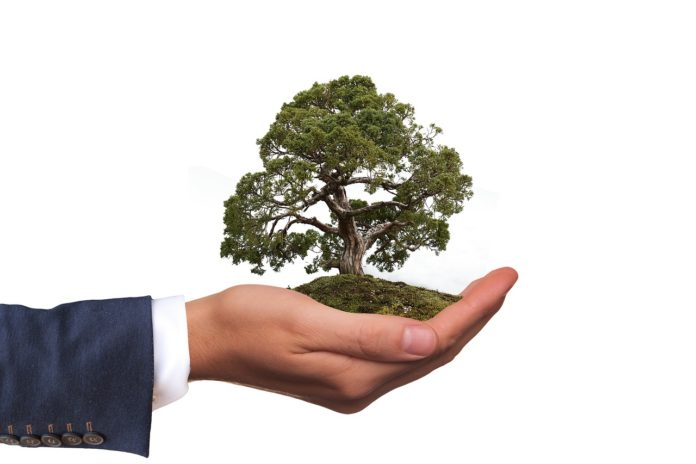
Humans think they’re serving out the surroundings by using biodegradable or environmentally friendly nappies. Even though these diapers are commonly liberated from chemicals and accordingly healthy for your newborn than regular disposable diapers, they aren’t as superior for the ecosystem as they look. They do not decompose in the landfill at all!
“Environment friendly” and “green” is general merchandising terms used by organizations to make people feel ethical about purchasing their items. Unfortunately, you may be paying a reasonable amount for costly nappies that do nothing more for the ecosystem than lesser, non-biodegradable disposable diapers. Everything you need to understand about environment-friendly nappies and why cloth diapers may be the excellent choice for environmentally responsive families.
Difference between compostable and environmentally friendly nappies
First, it’s essential to understand the difference between compostable and environmentally friendly nappies. Compostable diapers break down into natural materials that become nutritional to the soil. On the other hand, biodegradable means that the diaper will break down into smaller pieces in the future.
When you dump environmentally friendly nappies in the dustbin, you can visualize it liquefying away in a landfill and befitting it lump of the soil. But, the actuality is that your costly environmentally friendly nappies fix in landfills for hundreds of years, just like regular disposable nappies. Landfills do not decompose materials. Even natural fruits and vegetables fail to mix in landfills!
Still, landfills are plotting to detain waste, not break it down. Garbage is crammed into trenches covered with airtight items to close it off the soil and stacked with earth to keep the smell down. It generates an environment with very little air, sunlight, and water – all ingredients are necessary for decomposition. Environmentally friendly nappies in this environment have no chances of break down and could last just as long as regular diapers.
A product that affirms to be biodegradable and compostable must fulfill Australian standards.
One of these demands is that 90% of the bioplastic items in the material must break down into small pieces within 180 days in the composting procedure, not in a landfill. So, diapers can be said to be certified biodegradable and compostable even if it fails to break down into pieces in landfills. These diapers have to break down into parts in industrial composting facilities, facilitating highly controlled circumstances for quick decomposition.
Some parents use their gardens to decompose their children’s diapers. Although it is moderately overt and time-consuming to place it, it is a better way to reduce your waste and manufacture nutritional compost for the garden of your house. Still, this isn’t an option for most urbanites.
In Australia, some families may take their used nappies to a closeby industrial composting factory. Many societies in Australia are using separation systems to keep natural food waste out of landfills so that this kind of material can entirely be decomposed in exclusive provisions. There are around 150 of these provisions available in Australia. In addition, some communities allow nearside assembling of certified compostable waste. You can check the Australian Organics Recycling Association’s process to set up a composter near your society.
Natural and eco-friendly nappies – safe for the environment
Natural and eco-friendly nappies affirm to be manufactured from natural ingredients which can be quickly processed and rid of chemicals. Although this may be right, these diapers still carry sodium polyacrylate, and it is the jelly kind of item that absorbs the urine. This item is usually extracted from petroleum which is a skin irritant and can carry carcinogens. Even diapers that use wheat or cornstarch in the absorbent place still use small amounts of sodium polyacrylate. Still, you can find some gel-free brands that don’t use this kind of substance.










